A shotgun choke is a device or constriction located at the muzzle end of a shotgun barrel that modifies the spread of shot pellets as they exit the barrel.
In modern shotguns, virtually all barrels have screw-in chokes that allow shooters to adjust the constriction of the pattern of the load they shoot to allow for either a tighter pattern or a wider pattern.
The choke works by constricting the diameter of the shotgun’s muzzle, thus affecting the dispersion of the shot pellets. It effectively narrows or tightens the shot pattern, making it denser at a given distance, or when a more open choke is used, allowing the shot to spread wider at distance to cover more area. The ability to change the pattern’s density can be beneficial for various shooting scenarios such as hunting different game or engaging targets at different ranges.
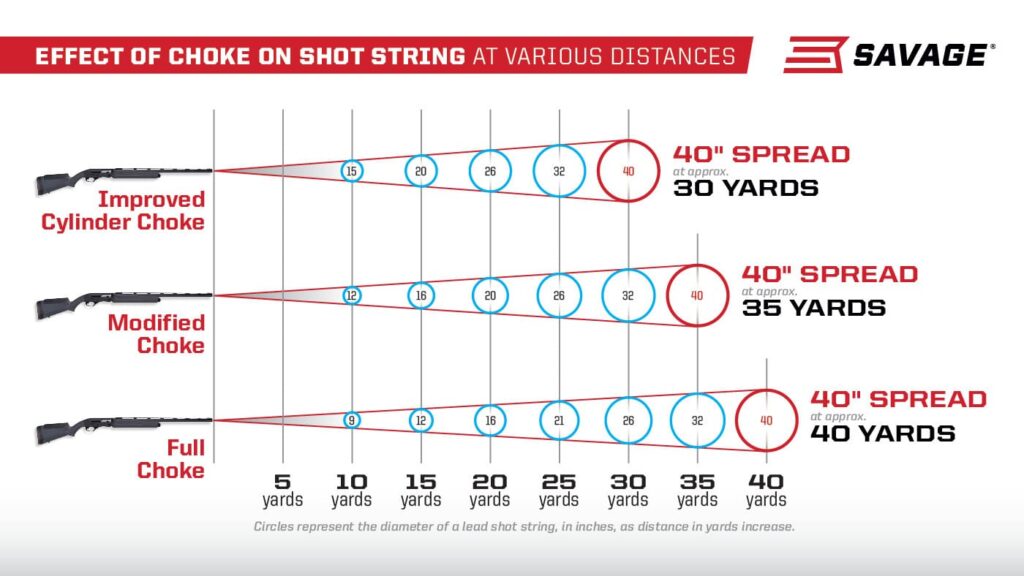
The most common choke sizes include cylinder, improved cylinder, modified, improved modified, and full choke, among others. For some applications, where a really tight pattern is desired such as with turkey hunting, there are even extra full, XX full and XXX full.
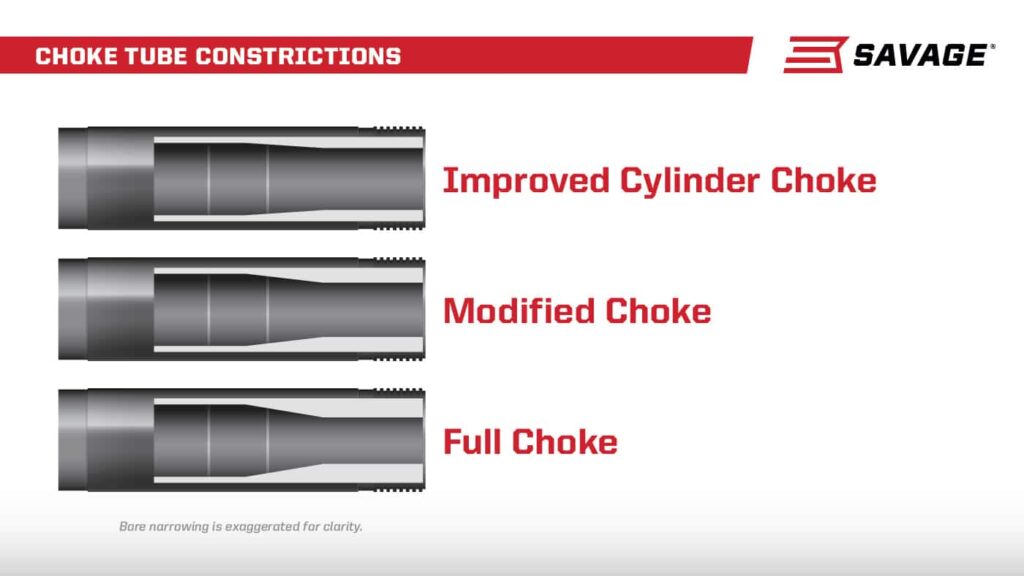
When a shotgun is fired with a choke installed, the shot column (mass of shot pellets) passes through the constricted portion of the muzzle, causing the pellets to bunch together more tightly. As the shot travels downrange, the tighter pattern maintains its density over a greater distance before spreading out. This allows shooters to have a more focused shot pattern, which can increase accuracy and effectiveness, particularly for targets that are farther away.
Different chokes are suitable for different shooting applications. For example, a wider choke like cylinder or improved cylinder is often preferred for close-range shooting, such as in dense cover or for fast-moving targets; think quail or rabbits. On the other hand, tighter chokes like modified or full choke are commonly used for longer-range shooting, such as duck hunting or trap shooting, where a denser pattern is desired to increase the chances of hitting targets at longer distances.
It’s important to note that the effectiveness of chokes can vary depending on the shotgun, brand of ammunition, shot size and even shooting conditions. Thus, it’s recommended to pattern your shotgun with different chokes and loads to determine the best combination for your specific shooting needs.
Shotgun Sports Choke Choices
When shooting sporting clays, the choice of choke will depend on the specific target presentations and shooting conditions. However, there are a few common choke choices that are often recommended for sporting clays.
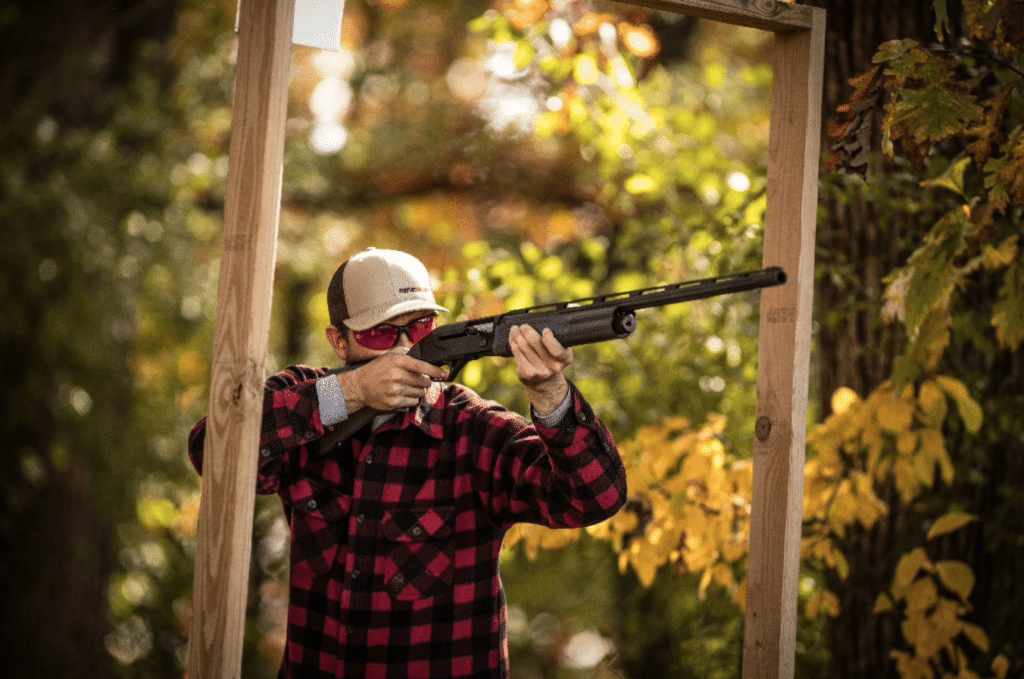
The most widely used choke for sporting clays is typically modified or improved modified. These chokes offer a good balance between pellet density and spread at shots that will often be made quickly at targets of moderate shotgun range (typically between 20 and 30 yards). That said, sporting clays courses can vary significantly in the shot presentations they offer, which is part of what makes sporting clays so fun and challenging. Many serious clays shooters will opt for an over-under shotgun, which has two barrels, one aligned atop another and will use one choke, such as a modified choke in the barrel that shoots first (often at the closer target) and a tighter choke such as full for follow up shots that may track farther away.
For skeet and trap shooting, the preferred choke choices can vary depending on personal preference, shooting style, and specific shooting conditions, but a good starting point follows if you are just beginning.
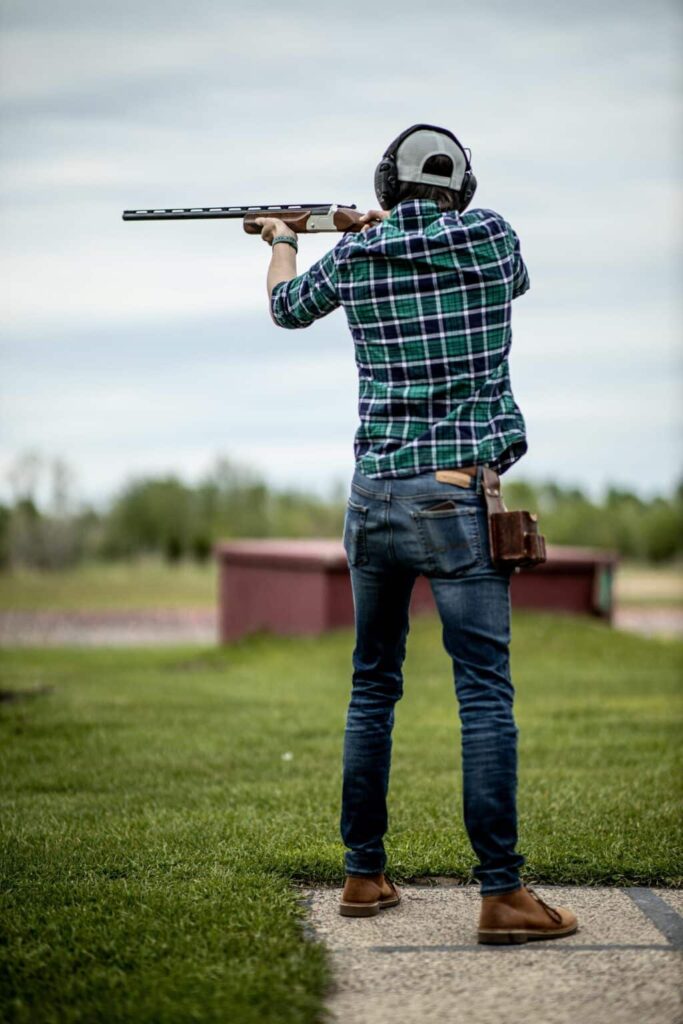
In skeet, where targets are typically presented at relatively close to moderate distances with a variety of predictable flight paths, a more open choke—such as cylinder or improved cylinder (there is a specialized constriction between the two called skeet that may not come with the gun but can be bought as an aftermarket choke)—is generally preferred. These chokes provide a wider shot pattern, allowing for a larger margin of error when engaging fast-moving targets.
For trap, where targets are launched at a consistent distance and angle, shooters often prefer slightly tighter chokes compared to skeet. Here, you may want to go with a modified or improved modified choke. These chokes offer a slightly tighter pattern and provide better pellet concentration at longer distances.
Waterfowl
When it comes to waterfowl hunting, the best choke choice can be a toss-up depending on how you are set up from decoys and the types of shots the ducks or geese may offer. Shot presentations can run the gamut where waterfowl is concerned, so hunters will want to strike the right balance between pattern density and effective range at moderate to extreme distances. The type—steel, bismuth or tungsten—and size—No. 4, No. 2, No. 1, BB, etc.—of shot can also impact your choice of choke as larger shot can typically present ragged patterns when over choked (choked too tightly). That said, a modified choke is often the most popular choke choice when it comes to waterfowl as it affords a good balance between pattern density and effective range at the moderate distances most hunters will be set up from their decoys.
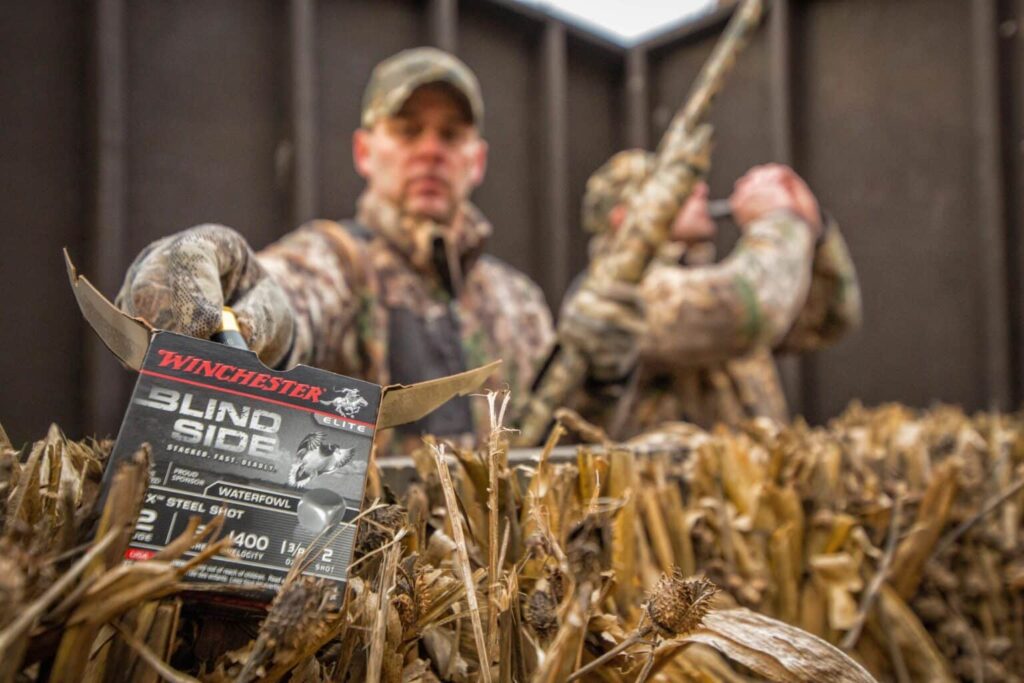
For hunting situations that may require longer shots, improved modified and even full can be a good choice as well, but if you are just starting out, wingshooting fast flying and unpredictable ducks can be tricky and a choke that gives you a wider pattern is recommended—go with the modified.
Upland Hunting
Upland bird hunting involves shots at pheasants, quail, grouse, and other similar game depending on what you are hunting. The type of bird and most common flight presentations they offer and conditions in which they are being hunted can vary greatly.
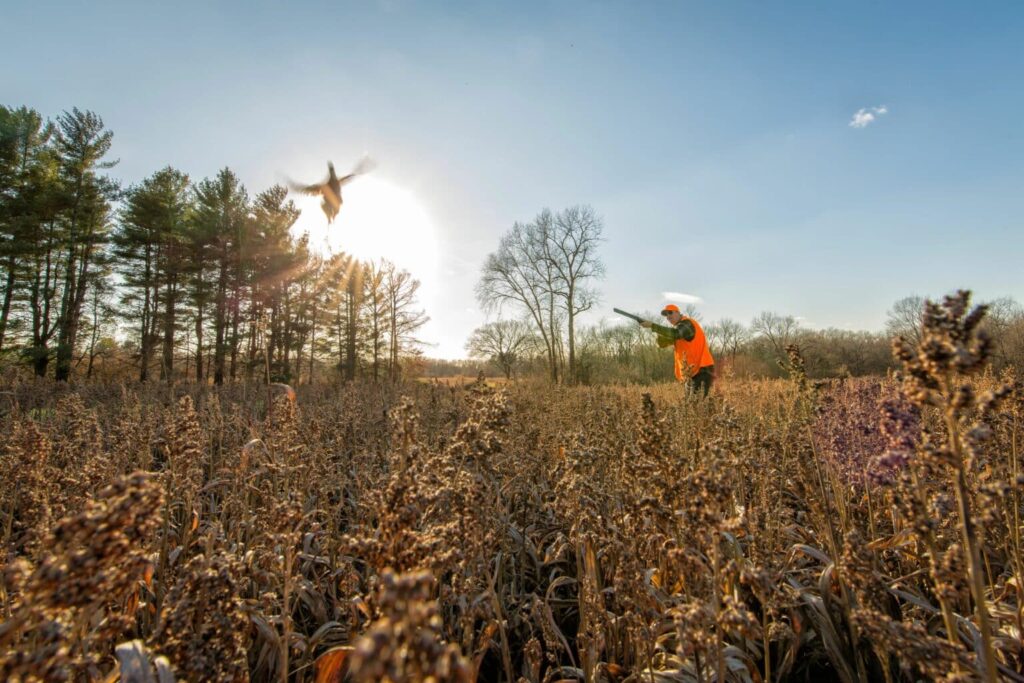
For quail, where shots are often close and in open to slightly brushy terrain, an improved cylinder, skeet or cylinder choke, which provides a quick-opening pattern is best. For grouse, often in thicker woods and also fairly close, improved cylinder is a good option. For pheasants, a modified choke offers the right blend of pattern density and effective range on birds that flush close or at a distance as pheasant can tend to do, providing you with successful, longer-range shots. Late in the season, when pheasants tend to flush earlier because they’ve been pressured, a full choke for even better patterns at longer distances might be a wise selection.
Turkey Hunting
When it comes to turkey hunting, the choice of choke is critical to ensure effective and ethical shot placement. The ideal choke for turkey hunting is one that provides a dense pattern at longer distances—30 to 40 yards with lead shot and even out to 50 yards with alloy or some specialty loads. The target area of a turkey—its head and neck—are small and tough to penetrate so a dense load of shot is required to put one down ethically and humanely. Here is where your extra full choke comes into play and even XX full depending on the size and type of shot you are using.

It is critical to pattern your load and choke combination on a turkey target at distances as close as 20 yards and as far as 40 to ensure good even patterns at both distances and to understand how well the pattern spreads at each distance as well.


